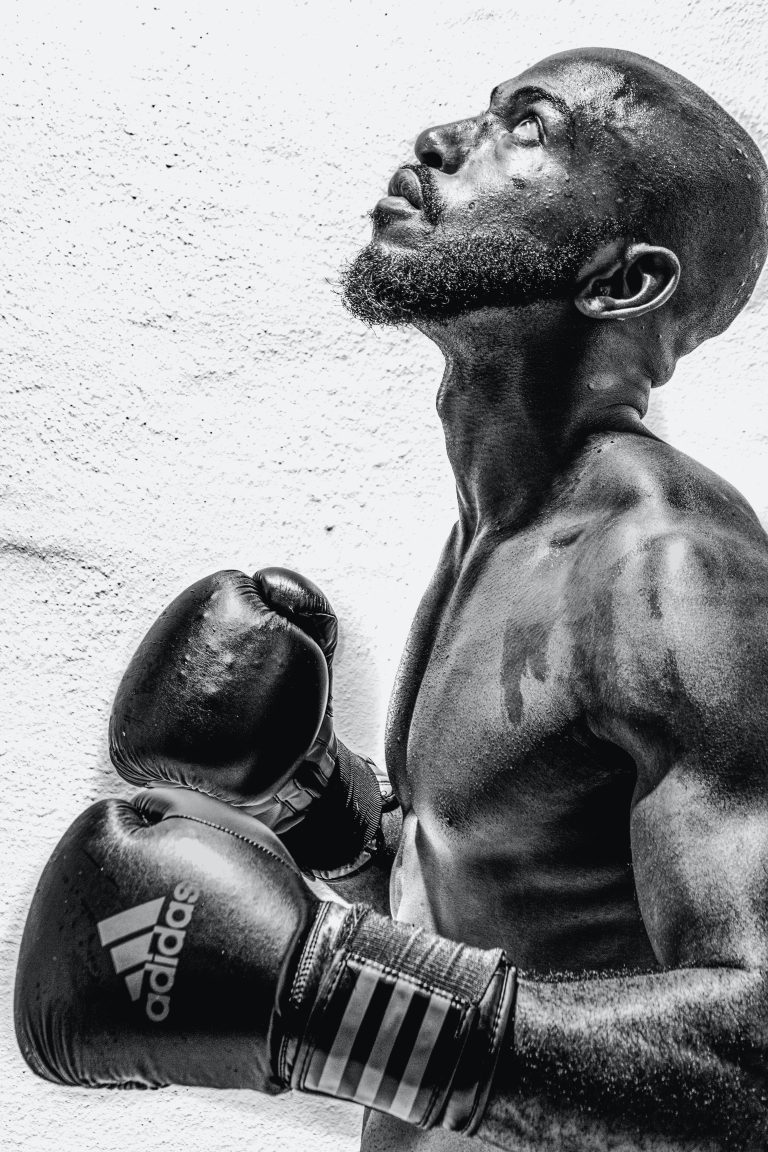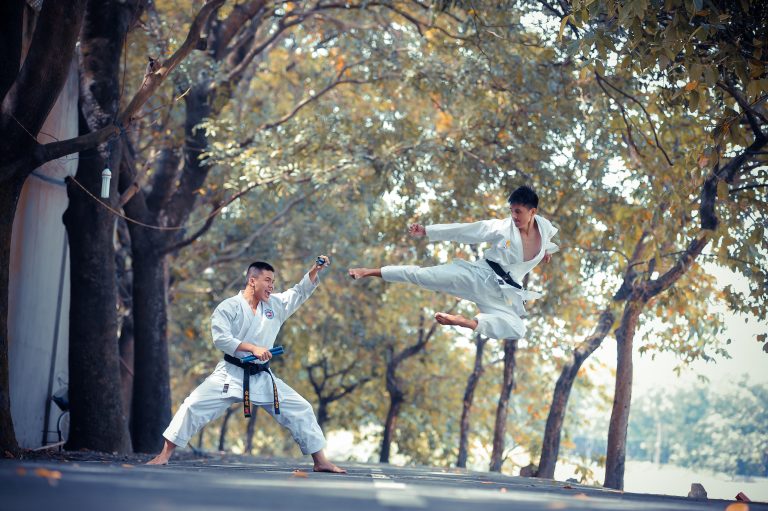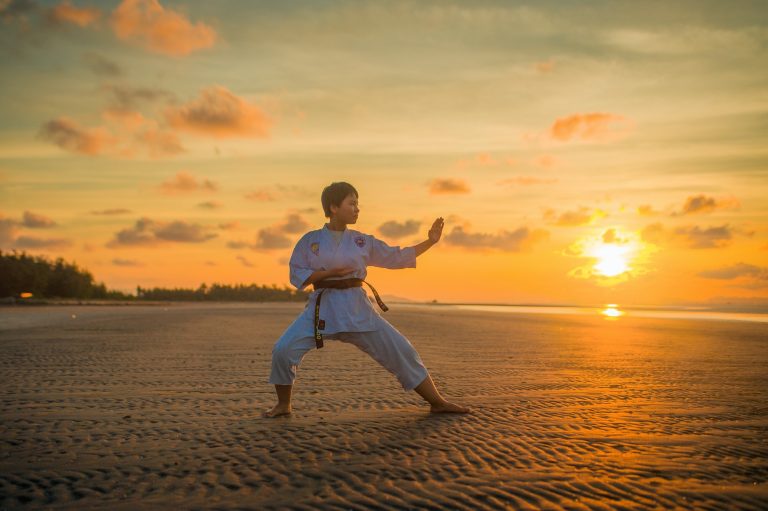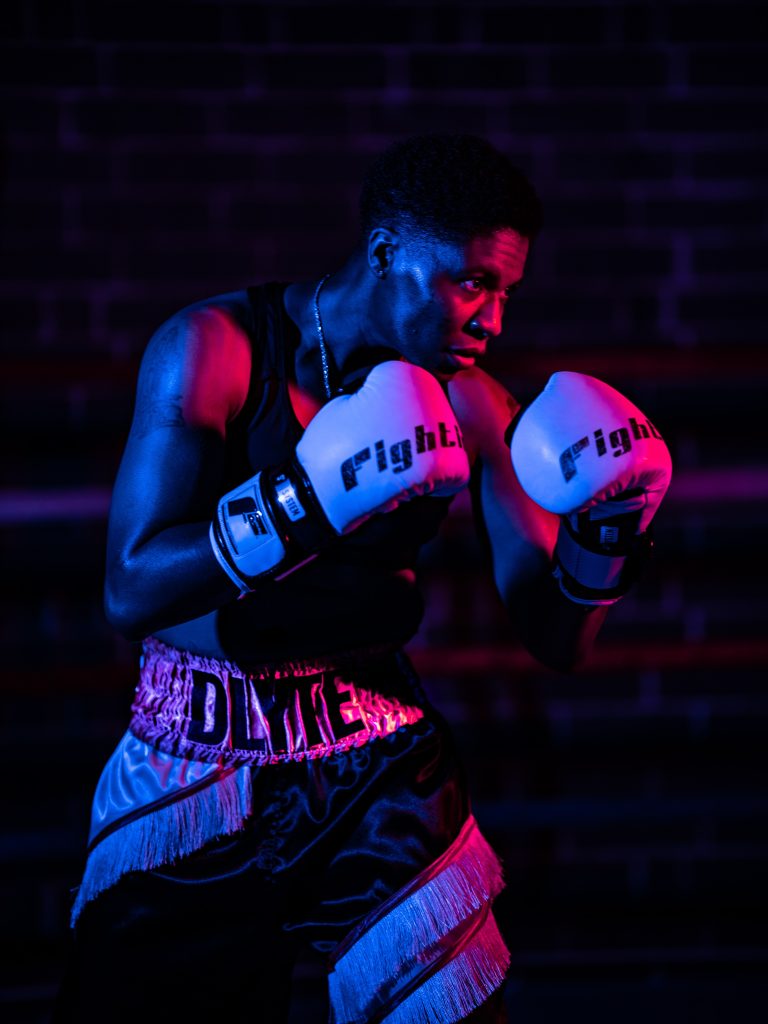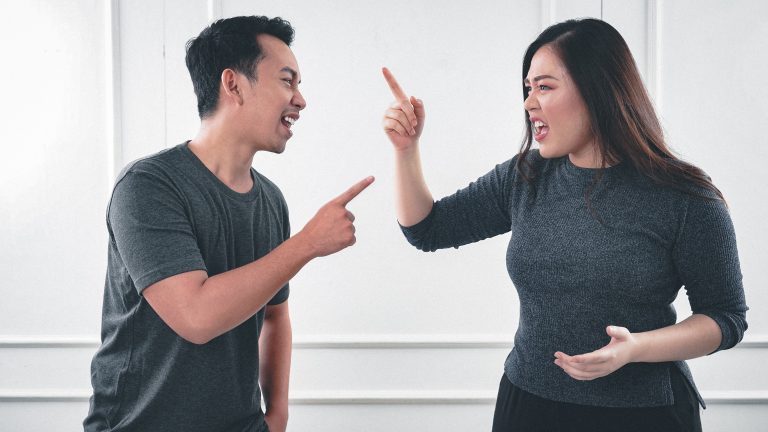Karate: What is the Proper Etiquette When Participating in a Karate Class?
Karate is a martial art form that arose in Japan. It has since gone on to become one of the most popular martial arts in the world. Along with its popularity, karate has developed a particular etiquette that students of the art should follow during class. For those who are learning karate, understanding this etiquette is vital to the development of the martial art.
Why Classroom Etiquette is Important in Karate
Karate training is about far more than learning techniques or improving physical prowess. The main objective of karate is to teach respect and discipline; therefore, it is expected that students hold themselves to a certain set of standards. Good behavior reflects well on both the student and the school, so being aware of proper etiquette is important to both protect the reputation of the school and further one’s own martial arts development.
The purpose of karate etiquette is mainly to promote respect, both for oneself and for those around them. Respect is a central value to karate, and etiquette serves to instill this value in the students. The physical skills of the martial art can only be achieved once students have the values instilled in them. Furthermore, by adhering to proper etiquette, students are more able to concentrate on the materials being taught, leading to more effective learning.
Elements of Karate Etiquette
To understand proper karate etiquette, it is important to look at some of the elements that make up its code of conduct.
Respect for Instructors
At the core of karate etiquette is respect for instructors. Before each class, students should bow upon entering and exiting the dojo (training area). This bow is a form of expressing respect for those who teach and practice within its walls. While bowing is considered very important in karate, it is not only done at the start and end of classes. Whenever a student approaches or departs from a teacher, a bow should be made.
At the same time, it is crucial that students remain active participants in class. This means listening intently and responding respectfully to cues from instructors throughout the class. Doing so not only ensures that good instruction is being given, but also shows respect for those who are teaching.
Respect for Colleagues
It is also important to show respect towards one’s peers in karate class. Every student entering a dojo should do so with the intention of promoting peace, harmony, and camaraderie with their colleagues. Students should show courtesy and patience to one another; this applies even more when teaching or when facing off in sparring matches.
In addition, students should not leave class until dismissed by their instructor, nor should they start conversations or disrupt those already in progress. It is also important to keep in mind that the focus should be on learning, not socializing; so keep conversations short and to a minimum during class.
Respect for Karate
Finally, it is essential that students have respect for karate itself. Students are expected to arrive to classes on time, dressed and equipped appropriately to train effectively. Most dojos require that students wear a gi (error: Traditional gi = “着地” (keikogi)), and there may be other specific regulations depending on the school. In addition, footwear should always be removed before entering a dojo, as shoes are seen as a sign of disrespect to the training area.
It is also important that all students remain aware of their actions during class. Techniques should always be practiced as taught and with awareness and control; sudden, reckless movements can lead to injury and lack of respect for one’s peer’s safety. Furthermore, students are expected to follow their instructor’s instructions diligently and give their full attention during the whole class.
Conclusion
Given the teachings of karate, proper etiquette in the dojo is essential for anyone who wishes to follow its teachings and principles. Being conscious of the codes of etiquette can help all students stay focused on learning and developing their martial arts skills while also respecting their peers, instructors, and the martial art itself. With good behavior comes mutual respect and understanding, which can promote both physical and spiritual growth in all students of karate.
This post has been written by [the author], an independent writer based on research from various sources, including: Budo School of Martial Arts, BlackBelt Magazine, and Weiku Karate Dojo.
Karate: What is the Proper Etiquette When Participating in a Karate Class?
If you’re considering joining a Karate class, you should be aware of the proper etiquette when participating in Karate. The customs and traditions in Karate are as significant as the actual martial arts instruction. Proper conduct is critical to ensuring a positive experience while at the Karate dojo. In this blog post, we will answer some frequently asked questions about the proper etiquette when participating in a Karate class.
What is Karate?
Karate is a form of martial arts that originated in Japan. In Karate, the emphasis is on striking techniques using the hands, feet, elbows, and knees. Karate practitioners are known for their speed, power, and agility, and they often use these qualities to overpower their opponents. Karate emphasizes physical fitness, endurance, and flexibility.
What is dojo?
A dojo is a term used to describe a training hall. In Karate, the dojo is sacred ground where students can learn and practice the martial art in a safe environment.
What should I wear to a Karate class?
If you’re new to Karate, you should wear comfortable clothing that allows you to move freely, such as loose-fitting pants and a t-shirt. Most dojos require students to wear a uniform called a gi. The gi is traditionally white and consists of a jacket and pants. Your sensei (teacher) will inform you of the appropriate uniform for your dojo.
What is the proper way to enter and exit the dojo?
When entering the dojo, bow towards the shomen, which is the wall that has the picture of the founder of the style and the flags of Japan and your country if your dojo is outside Japan. This shows respect for the dojo and the martial art. You should also remove your shoes at the door and put them on the shoe rack or designated area to keep the training floor clean. During class, if you need to leave the dojo, you should bow towards the shomen as you exit.
What is the proper way to bow in Karate?
Bowing is a way of showing respect in Karate. You should bow towards your sensei when you enter and exit the dojo and when you’re on the training floor. When bowing, stand up straight with your arms at your sides. Take one step forward with your left foot, bow your head and your shoulders slightly, then return to your starting position.
What are the Dojo Kun and why should I know them?
The Dojo Kun is a set of principles that students of Karate are expected to live by. The Dojo Kun is usually recited before and after class. The principles are:
• Seek perfection of character.
• Be faithful.
• Endeavor to excel.
• Respect others.
• Refrain from violent behavior.
By following these principles, students can become better martial artists and better people.
What is the proper way to address my teacher and fellow students?
When addressing your sensei, you should use the title „sensei“ followed by their last name, such as „Sensei Smith.“ When addressing your fellow students, you should use the term „senpai“ for a higher-ranked student and „kohai“ for a lower-ranked student. When addressing someone of equal rank, you should use their first name.
What should I do if I arrive late to class?
If you arrive late to class, you should wait at the edge of the mat or floor until your sensei acknowledges you, then bow in and join the class.
What is the proper way to conduct myself during class?
During class, you should listen attentively to your sensei, follow their directions, and be respectful of your fellow students. You should also be mindful of personal hygiene, such as making sure that your fingernails and toenails are trimmed short and keep your uniform clean. Additionally, avoid wearing jewelry and other accessories that can be dangerous and cause injury.
What should I do if I have a question during class?
If you have a question during class, raise your hand and wait to be acknowledged by your sensei. Additionally, avoid interrupting your sensei while they’re speaking or correcting another student.
Can I train if I have a cold or an injury?
If you have a cold, you should stay home from class to avoid spreading germs to your fellow students. If you have an injury, speak to your sensei before class and inform them of your condition. Your sensei may allow you to train but with modifications or sit out of certain exercises.
Conclusion
In conclusion, proper etiquette is critical when participating in a Karate class. By demonstrating respect for your sensei, your fellow students, and the dojo itself, you can ensure a positive experience while learning the martial art of Karate. By following these guidelines and showing a willingness to learn and improve, you can become a proficient and respectful practitioner of Karate.
Inhaltsverzeichnis


